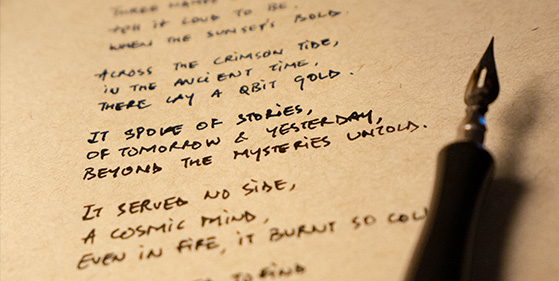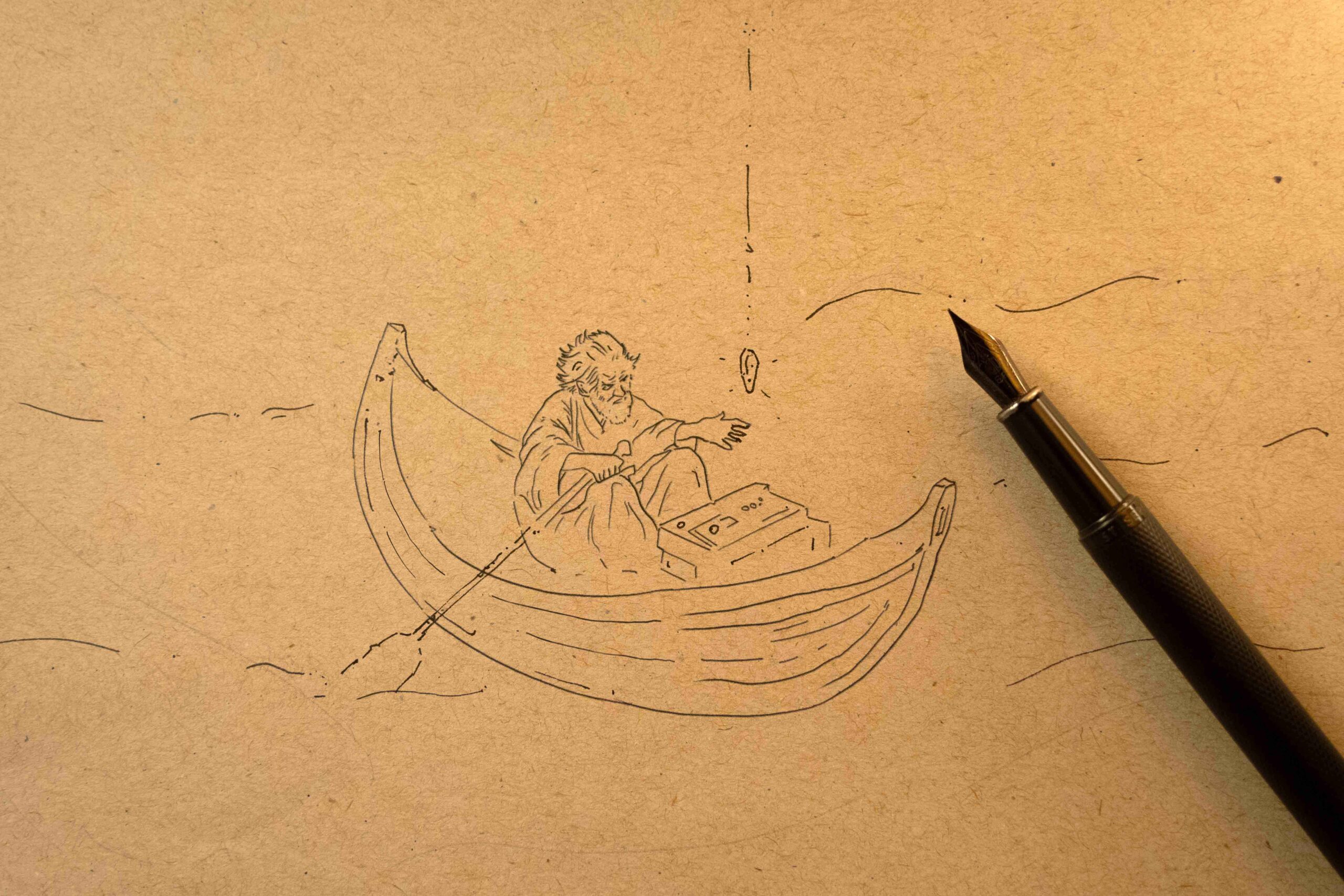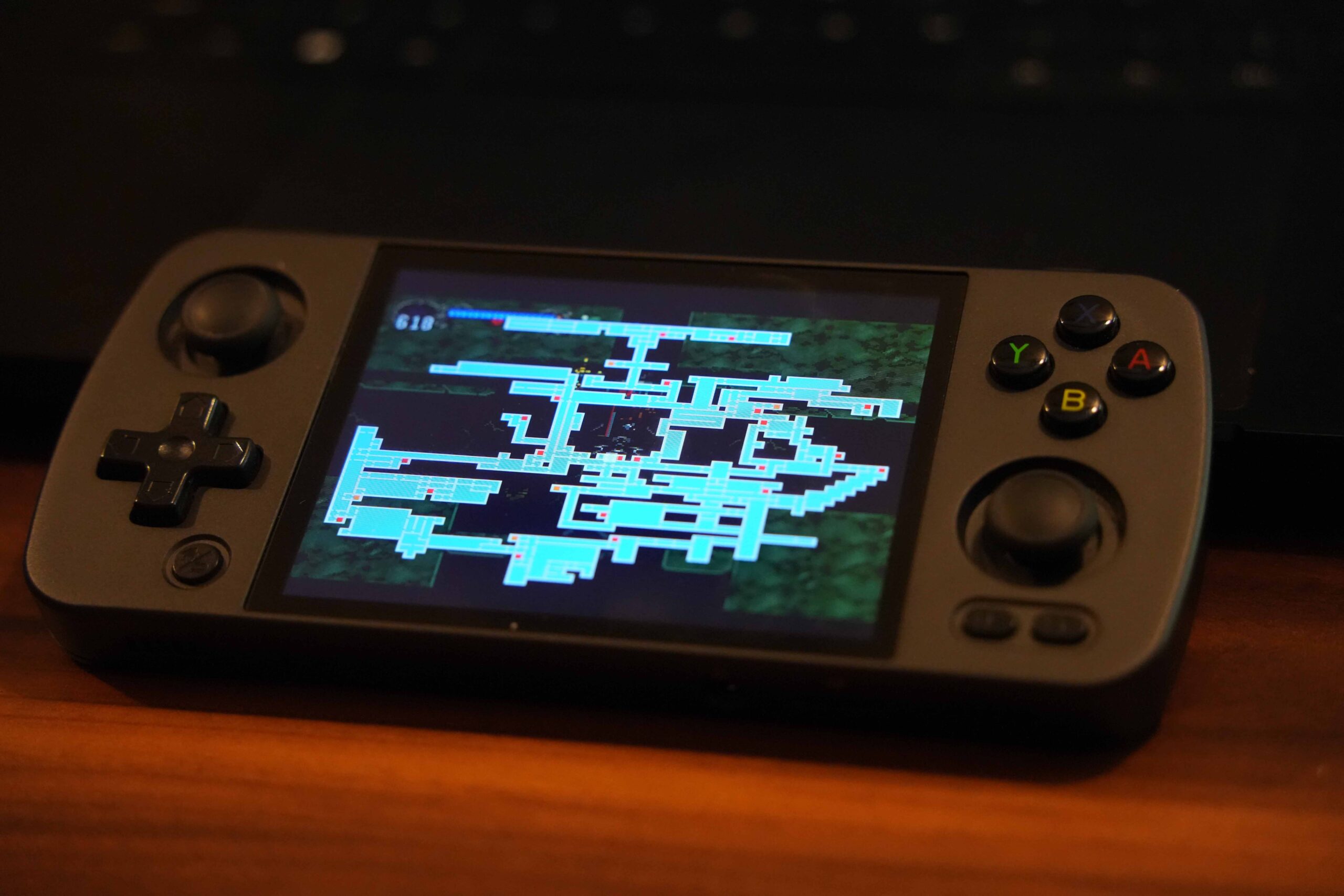Kavern, the Lone Traveler, navigated the Ocean of Enigmárea in his skiff. The Ocean, an infinite, shifting expanse, bore ripples—echoes of lost realms and untold stories. His quest was singular: to collect these echoes, crystallized narratives held within shimmering, obsidian Konsoles. These were not mere tales; they were the very essence of lived lives and animated worlds.
Ancient, older than the oldest star, Kavern's face was etched with the lines of countless journeys, bearing the weight of epochs. He drifted, his skiff guided by the faint hum of nearby Konsoles. He knew the Ocean called to him, and the Tales were his purpose.
Then, a strange, dissonant melody echoed across the waves. A crimson glow pulsed beneath the surface, emanating from a Konsole unlike any he had encountered. It throbbed with a dark, elegant energy, a symphony of gothic grandeur and melancholic power.
He drew closer, his skiff rocking in the wake of the Konsole's strange aura. With a trembling hand, he reached out and touched the smooth, obsidian surface. The melody intensified, and the Konsole shimmered, revealing an inscription: "Castlevania: Symphony of the Night."
Instantly, images flooded his mind: a grand, inverted castle, a half-vampire warrior, Alucard, battling shadows and reclaiming a lost legacy.
"Castlevania: Symphony of the Night" is the story of Alucard, Dracula's son, who awakens to investigate the sudden reappearance of his father's castle. Set four years after "Castlevania: Rondo of Blood," the narrative unfolds as Alucard discovers the mysterious disappearance of Richter Belmont, who had previously vanquished Dracula.
His journey involves navigating the castle's labyrinthine corridors, uncovering a plot orchestrated by Dracula's servant Shaft, and ultimately confronting his own father. The story explores themes of familial conflict, destiny, and the struggle between good and evil, with twists that reveal a deeper, inverted version of the castle.
"Symphony of the Night" redefined the "Castlevania" saga by introducing "Metroidvania" elements.
Players explore a vast, interconnected castle, acquiring new abilities and items to access previously unreachable areas.
Alucard gains experience, levels up, and finds diverse weaponry and equipment, incorporating RPG elements into the action-platformer formula. This non-linear exploration, coupled with fluid combat, a rich soundtrack, and stunning 2D graphics, contributed to the game's enduring popularity and influence on subsequent action-adventure games. In the tale's conclusion, Alucard stands on the castle's crumbling rooftop, gazing into the distance as the castle fades, signifying his departure and the end of his journey.
As the Konsole pulsed for one last time, Kavern witnessed the castle crumbling within his mind's eye. A surge of energy coursed through him, a potent blend of sorrow and strength. His wrinkles smoothed, his gaze sharpened, and the weariness that had clung to him for so long dissipated. He felt a lightness, a renewed vigor, for with each Tale he claimed, a subtle transformation occurred: the lines softened, the weariness lessened, and a flicker of youthful energy returned.
He turned his skiff, a renewed purpose in his heart, ready to find the next tale, and the next, in the endless Ocean of Enigmárea.
// This is a work of fiction. 'Castlevania: Symphony of the Night' is a trademark of Konami. This story is not affiliated with or endorsed by Konami.










